How Ergonomics Improves Decision-Making in High-Stress Environments
12-08-2025 Aesthetix

In high-stress workplaces, ergonomics is about more than just avoiding physical strain; it supports better thinking and faster decision-making. This means building environments that make it easier to concentrate and make quick decisions, especially in mission-critical spaces. Ergonomic considerations for decision-making in high-stress environments help professionals stay alert, reduce fatigue, and think clearly under pressure.
The Link Between Ergonomics and Cognitive Performance
Essentially, ergonomics is the discipline focused on designing a work environment that allows them to think. Therefore, cognitive performance and ergonomics have a direct connection. Understanding the cognitive benefits of ergonomics emphasizes how an optimally designed space improves overall decision-making effectiveness and fosters mental clarity.
Reducing Physical Discomfort for Mental Clarity
Bodily discomfort serves as a significant distraction that depletes mental energy, leading to fatigue and hindered decision-making. By ensuring the body maintains a neutral, supported position, ergonomic solutions effectively tackle this problem. Solutions like ergonomic chairs for reducing back pain caused by prolonged seating equipped with adequate lumbar support, height adjustability, and 3D armrests facilitating correct posture. The mind is freed from the constant burden of discomfort when the body is at ease and supported.
Enhancing Focus Through Ergonomic Workspaces
An ergonomic workstation enhances both comfort and concentration by minimizing distractions and supporting sustained focus. Thoughtful design elements such as targeted lighting and acoustic control contribute to an environment conducive to productivity. When tools and equipment are strategically positioned within easy reach, it reduces excessive movement and supports cognitive flow. This intentional spatial arrangement streamlines work processes and lightens the mental burden—underscoring the tangible advantage of ergonomics in elevating focus and performance.
Ergonomics in High-Stress Professions
The impact of ergonomics in high-stress professions is significant, directly affecting the speed and accuracy of important decisions. Designing for maximum cognitive function is essential, whether it's for industrial operations or ergonomics for emergency services.
Oil & Gas
Workers in oil refineries and offshore facilities face high-risk environments where they must stay alert and respond quickly to hazards. Designing control rooms with ideal console layouts, height-adjustable workstations for extended shifts, and clear visual displays that reduce eye strain and cognitive load are all part of ergonomics for oil refineries.
Marine & Offshore
Operations on ships, offshore drilling rigs, and marine terminals take place in dynamic settings with shifting conditions and continuous movement. Ergonomics for marine terminals focuses on solutions that improve stability, reduce motion sickness, and offer safe control interfaces. With features like sturdy seating, anti-fatigue mats, and well-placed controls, crews can work more comfortably and make quicker, safer decisions, even when conditions are rough.
FPSO (Floating Production Storage and Offloading)
FPSO ergonomic design is essential for improving safety and productivity on FPSO vessels, which are essentially floating factories for oil and gas. With integrated control rooms, processing areas, and living quarters, these platforms are intricate. This includes everything from reducing physical strain at workstations during long shifts to improving rest spaces and arranging control rooms for better visibility and faster decision-making.
Ergonomic Strategies for Informed Decision-Making
Implementing ergonomic strategies for decision-making is a gradual process, but even small, practical adjustments can greatly enhance decision-making in any workplace.
Optimal Workspace Design
The individual workstation is the cornerstone of a cognitively supportive environment.
Adjustable Desks and Chairs: Investing in ergonomic chairs and adjustable desks enables each person to tailor their workspace to their own body size. An ergonomic workspace setup guarantees good posture, reduces strain, and keeps one comfortable all day.
Monitor Height: The monitor should be placed at arm's length, with the top of the screen at eye level or slightly below. This avoids eye fatigue and neck strain.
Movement & Microbreaks
Sustained, unbroken focus does not align with how the brain naturally functions. Incorporating regular movement helps maintain cognitive sharpness and alertness. Encourage employees to take brief, scheduled microbreaks every 30–60 minutes—such as stretching, walking, or momentarily shifting visual attention away from screens. These movement breaks enhance cognitive performance, reduce mental fatigue, and promote increased cerebral blood flow, reinforcing their value in sustaining productivity and well-being.
Technology & Ergonomic Tools
New tools and devices are making it easier to apply good ergonomic practices in the workplace.
Standing Desks and Anti-Fatigue Mats: These encourage dynamic postures and reduce the strain of prolonged standing. Anti-fatigue mats for focus provide cushioning and support.
Ergonomic Keyboards and Mice: By reducing the risk of hand and wrist injuries, these tools help you stay focused and work more comfortably.
Aesthetix Approach to Ergonomic Solutions
In high-stress industries, how people work is just as critical as the work itself. That’s why Aesthetix designs ergonomic solutions that elevate focus, enhance safety, and optimize performance—ensuring every shift is as effective as it is sustainable.
Customized Ergonomic Assessments
Since no single design can meet every operational demand, control rooms must be customized to the specific needs of their operators to achieve peak efficiency. Our approach begins with ergonomic workplace assessments tailored specifically for each organization. From early concept to detailed design, we take Human Factor (HF) requirements into account, making sure they are met throughout the project. In the FEED (Front-End Engineering Design) phase, this involves comprehensive human factor reviews of general arrangements and 3D model reviews. Our personalized ergonomic solutions are designed to meet the unique needs of your personnel and operational demands.
Innovative Ergonomic Solutions
Aesthetix leads the way in developing innovative ergonomic solutions. At Aesthetix, Human Factor Engineering (HFE) helps us understand how real people interact with machines and systems so we can build environments that support focus, safety, and efficiency. This helps us design safer, more efficient workplaces that reduce strain and prevent avoidable errors.
We look beyond just adding ergonomic chairs or desks. Our focus is on how people actually interact with their tools, technology, and surroundings. We conduct in-depth analyses of human factors and user behavior, particularly in large-scale projects where testing often occurs only after construction. By planning ahead, we improve efficiency, reduce maintenance issues, and help avoid costly errors.
Conclusion – Aesthetix Commitment to Smarter Decisions Through Ergonomics
At Aesthetix, we go far beyond simply delivering ergonomic products—we design solutions that elevate human performance and well-being. As a trusted technology integrator and ergonomics consultant, we combine human factors engineering with deep industry expertise to understand how people truly interact with technology, systems, and their physical surroundings in real-world, high-pressure environments.
Our approach is holistic, blending tailored assessments, innovative design thinking, and hands-on experience to deliver solutions that empower professionals to work at their peak. We consider every aspect of human capability and limitation, ensuring that workspaces promote sharper focus, reduced fatigue, and more confident decision-making when it matters most.
Choosing Aesthetix will enable your team to operate safer, smarter, and with greater efficiency, while setting a foundation for sustainable performance and growth.
View our updates
Our Blogs
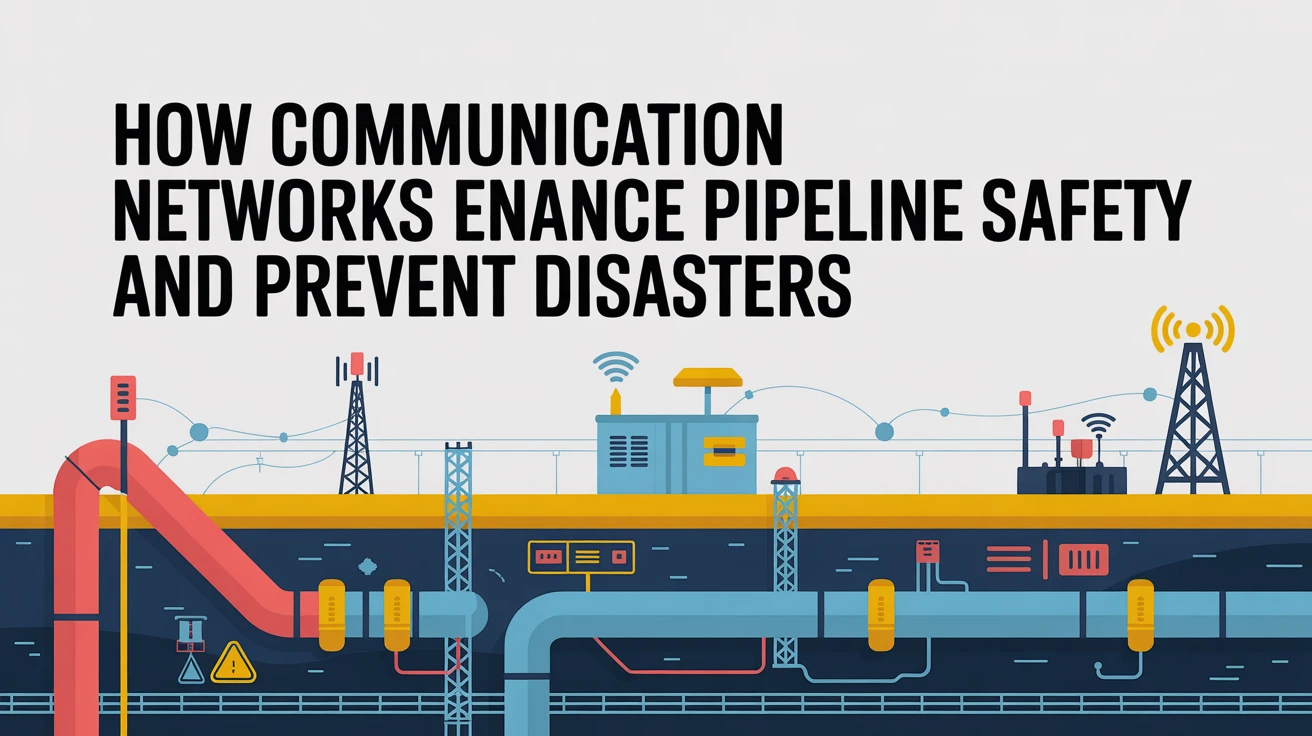
How Communication Networks Enhance Pipeline Safety and Prevent Disasters
Aesthetix is redefining pipeline safety with intelligent communication networks and advanced real-time monitoring solutions. By integrating telecom systems with cutting-edge sensing and analytics technologies, Aesthetix helps prevent pipeline disasters, ensuring safer, smarter, and more reliable energy operations worldwide.
 View Details
View Details
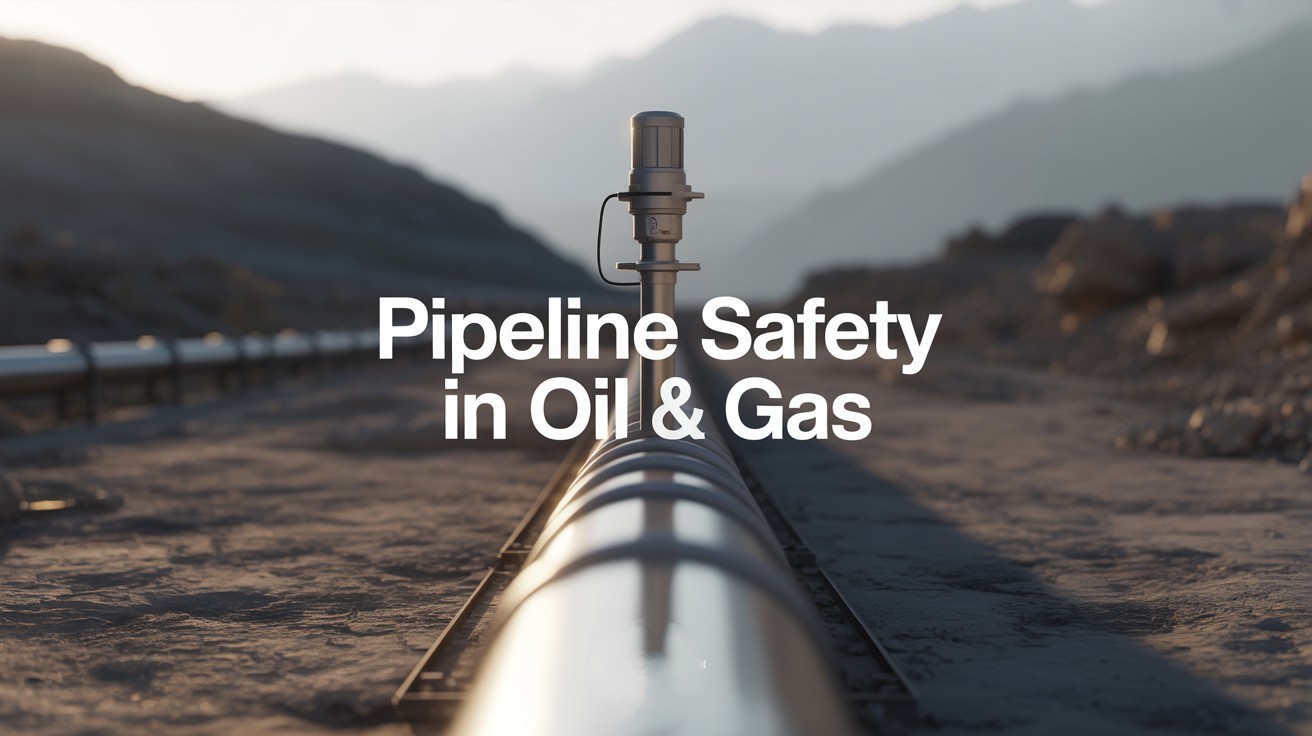
Pipeline Safety Challenges in Oil & Gas: How Technology Prevents Costly Leaks
Aesthetix offers custom pipeline safety solutions with advanced leak detection systems. Using a combination of AI, fiber optics, acoustic monitoring, and real-time data analytics, Aesthetix helps prevent costly leaks, and ensure full compliance with global and regional safety standards, safeguarding your operations and assets.
 View Details
View Details

How Integrated FPSO Telecom Enhances Emergency Response Capabilities
Aesthetix provides integrated FPSO telecom solutions, ensuring seamless communication, real-time data transmission, and automation for enhanced emergency response. With IoT integration and advanced technologies, Aesthetix supports offshore safety, operational efficiency, and resilience, driving innovation in offshore telecom.
 View Details
View Details

Human Factor Engineering ROI: How Proper Design Reduces Operational Errors
At Aesthetix, we integrate Human Factors Engineering (HFE) into system design to minimize errors, enhance safety, and maximize operational efficiency. By blending cognitive and physical ergonomics, we create intuitive, user-friendly interfaces that reduce fatigue, improve decision-making, and prevent costly mistakes.
 View Details
View Details
685156448cd29.jpg)
When to consider a control room revamp: 5 Key Indicators
Transform your control room with Aesthetix's AI-driven, ergonomic solutions boost efficiency, safety & scalability for oil/gas, utilities & transport sectors. Featuring real-time analytics and modular designs to minimize downtime while future-proofing critical operations. Our customized solutions integrate seamlessly with your existing infrastructure for immediate performance improvements
 View Details
View Details
6821ef9f8971f.jpg)
Future of Control Room Design: Trends & Innovations
Explore the future of control room design with Aesthetix—leveraging AI, IoT, cloud computing, and advanced ergonomics for intelligent, sustainable, and secure operations. Tailored for UAE’s extreme climate & Vision 2030, our solutions enhance efficiency, safety, and operator well-being in industries like energy, smart cities, etc.
 View Details
View Details
67f7b130effe8.jpg)
Enhancing FPSO Operations with Advanced Telecom Systems
Advanced telecom systems are revolutionizing FPSO operations by enabling real-time communication, enhancing safety, and boosting efficiency in harsh offshore environments. Aesthetix delivers robust, integrated telecom solutions tailored for FPSOs, ensuring reliability, compliance, and seamless operations.
 View Details
View Details
67c1657c99568.jpg)
Cybersecurity in the Oil and Gas Sector
Explore key cybersecurity challenges in the oil and gas sector, real-world attacks, etc. Learn how Aesthetix enhances security with advanced threat detection and proactive defense strategies. Stay ahead of evolving threats with custom solutions tailored for the energy industry, ensuring operational resilience and compliance with global security standards.
 View Details
View Details
679b189aa5bb4.jpg)
Oil and Gas Sector: The Role of Telecom Technologies
Telecom technologies play a crucial role in transforming the oil and gas sector by enhancing communication, improving operational efficiency, and ensuring safety in remote locations. This blog explores how advanced telecom solutions, such as IoT, 5G, and satellite communications, are revolutionizing the industry, enabling real-time data exchange, automation, and seamless connectivity across offshore and onshore operations.
 View Details
View Details
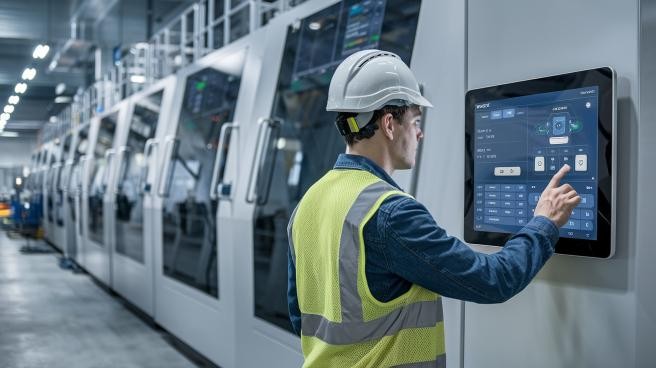
What is Human Machine Interface (HMI) Analysis?
Discover how Human-Machine Interface (HMI) plays a pivotal role in modern manufacturing. This blog explores the essential functions of HMI, its components, and how it enhances productivity, safety, and troubleshooting. Learn about the various types of HMIs, their impact on industrial processes, and the future advancements shaping the way operators interact with machinery.
 View Details
View Details
673458f69fa05.webp)
Sustainability In The Oil And Gas Industry
Discover the top cybersecurity threats facing the oil and gas industry, including real-world attack examples and proven defense strategies. Learn how Aesthetix delivers cutting-edge solutions to safeguard critical infrastructure, ensure compliance, and mitigate risks in an evolving digital landscape.
 View Details
View Details
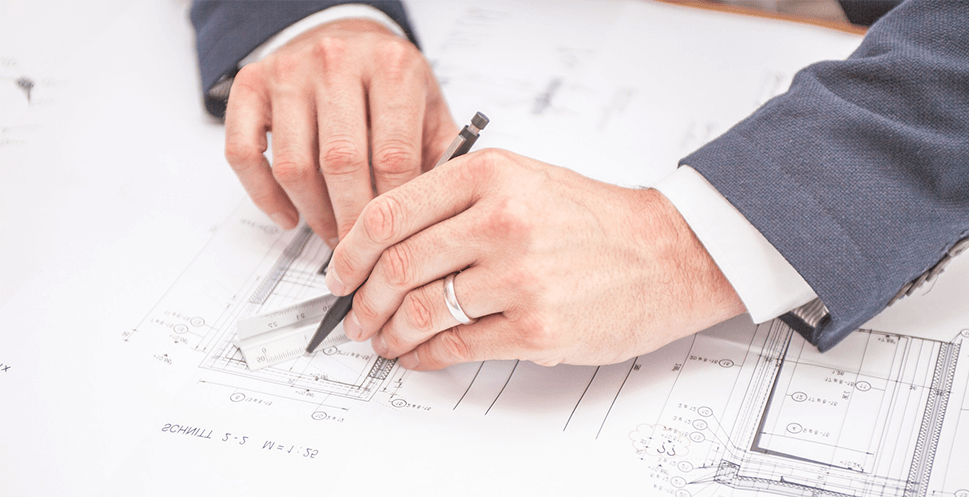
Why Do We Need to Use an Anti-Static Raised Floor?
Imagine the frustration of constantly experiencing electrostatic discharge (ESD) at your workplace, which is similar to the shock you get from stepping on a carpet and then touching a doorknob. Even tiny electrical pulses have the potential to cause operational disruptions in sensitive locations such as production facilities.
 View Details
View Details
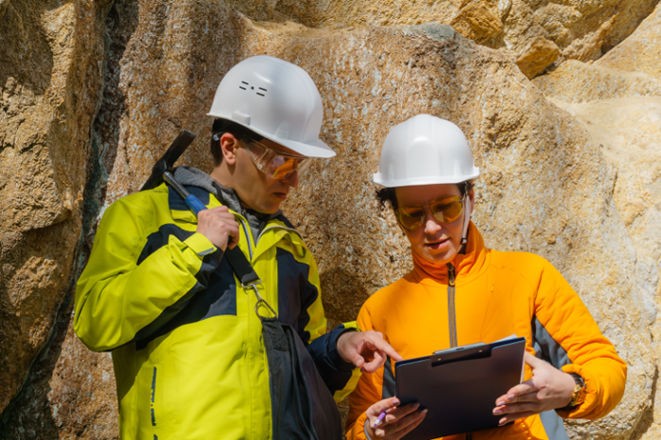
What is a Working Environment Health Risk Assessment ?
Maintaining a safe workplace is not just an obligation; it's also a chance to enhance the working environment for your staff. How do you ensure the safety of your workplace? What all factors do you need to consider? This is where an environmental health risk assessment comes in.
 View Details
View Details

Why is Ergonomics Important?
Ergonomics is the study of people in the workplace. An ergonomist seeks to create or alter the workspace to fit the worker, rather than the other way around.
 View Details
View Details

Understanding ergonomics In Control Room Design
The fundamental principle of ergonomics centers on the optimization of workspaces, products, and systems to suit the needs of their users. It encompasses the design of environments for work, recreation, and fitness, with a paramount emphasis on promoting health and safety.
 View Details
View Details
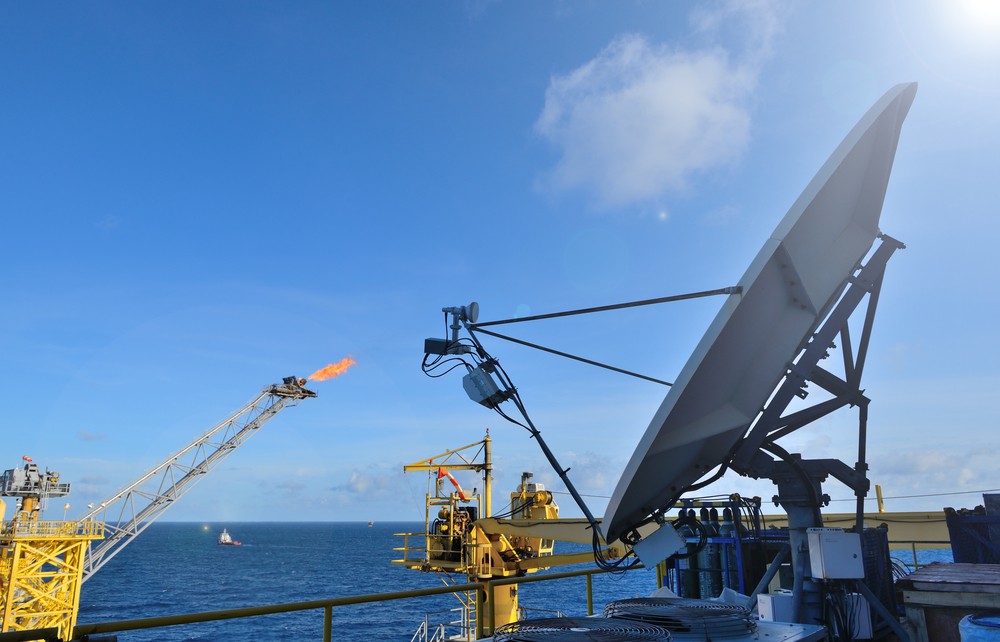
Role of Telecom System Integration in Oil and Gas Industries
The telecommunication requirements of the oil and gas industry are significantly different from those of carriers or enterprises. The challenge for oil and gas companies lies in maximizing production while minimizing both capital and operational expenses. To achieve this goal, a reliable telecommunications network is essential. These networks, owned and maintained privately.
 View Details
View Details

How Do Industrial Ergonomics Improve Productivity?
Improving productivity is always top of mind for employers. They plan and implement various organizational changes that will boost productivity and enhance the safety of employees. Employers now understand the importance of taking care of the emotional well-being of their employees to keep them motivated and productive
 View Details
View Details
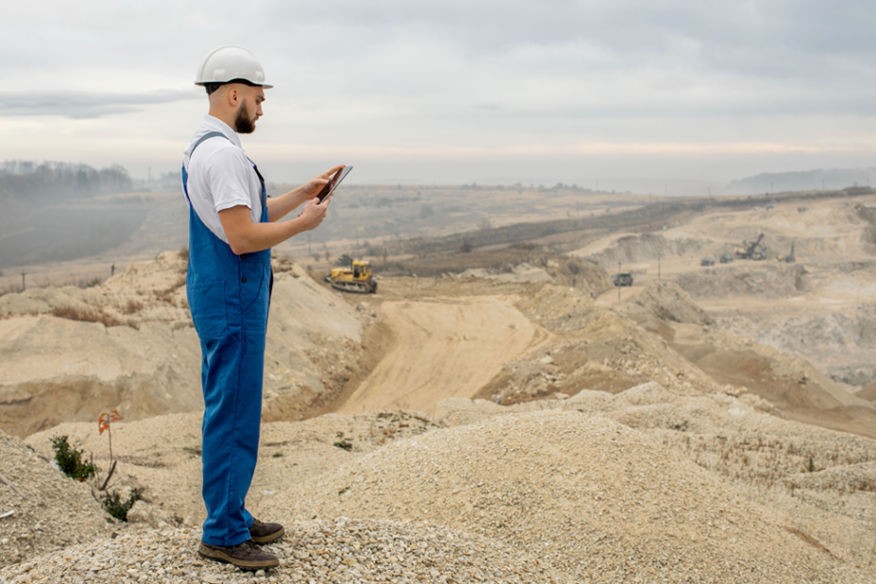
How Mining Automation Transforms the Mining Workforce
Innovation is the core of growth. At last, the mining industry, which was reluctant to embrace digitization and was focusing on mechanical force and manpower, is embracing digital technology. All the major players in the sector, who might form around
 View Details
View Details

Technology Trends for Safer & Smarter Mining Operations in 2023
Technological advancements are making the world a much more efficient and safer place. The waves of IoT (Internet of Things), Artificial Intelligence, Machine Learning, and robotics are creating disruptions in almost
 View Details
View Details

Guide to Control Room Space Planning and Design
The control room is the epicentre of a technical setup. Ergonomics and human factor engineering play pivotal roles in the planning and design of the subject space. A foolproof system with all the elements integrated methodically will
 View Details
View Details
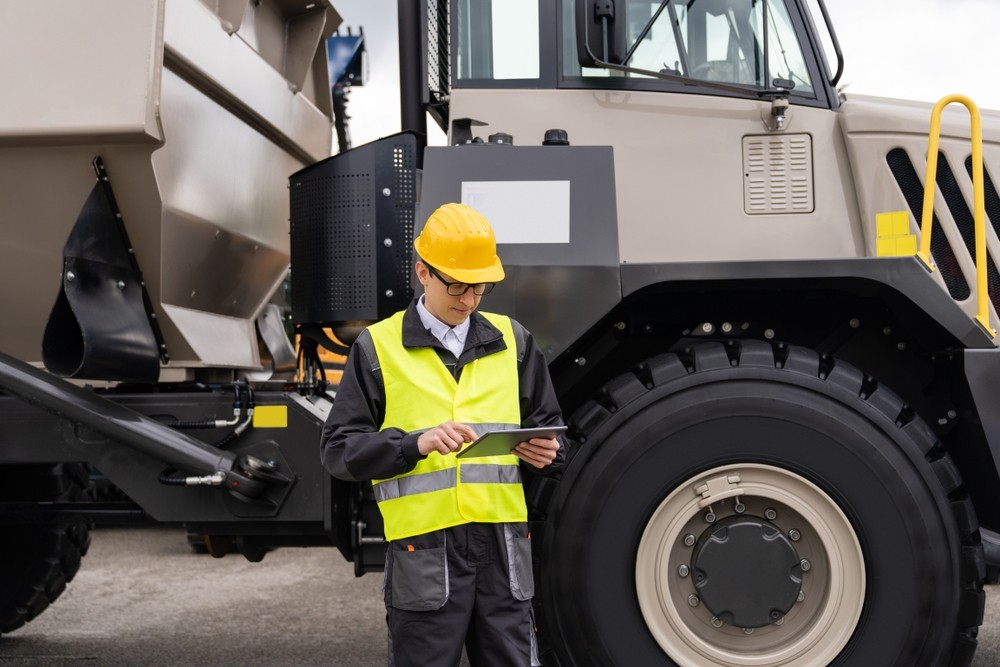
Role of IoT in Transforming the Mining Industry
The mining sector is dealing with increasing challenges as the world's population expands. Every industry is responding by adopting modern technologies in order to boost productivity, save costs, and maintain growth, and the mining industry is no
 View Details
View Details
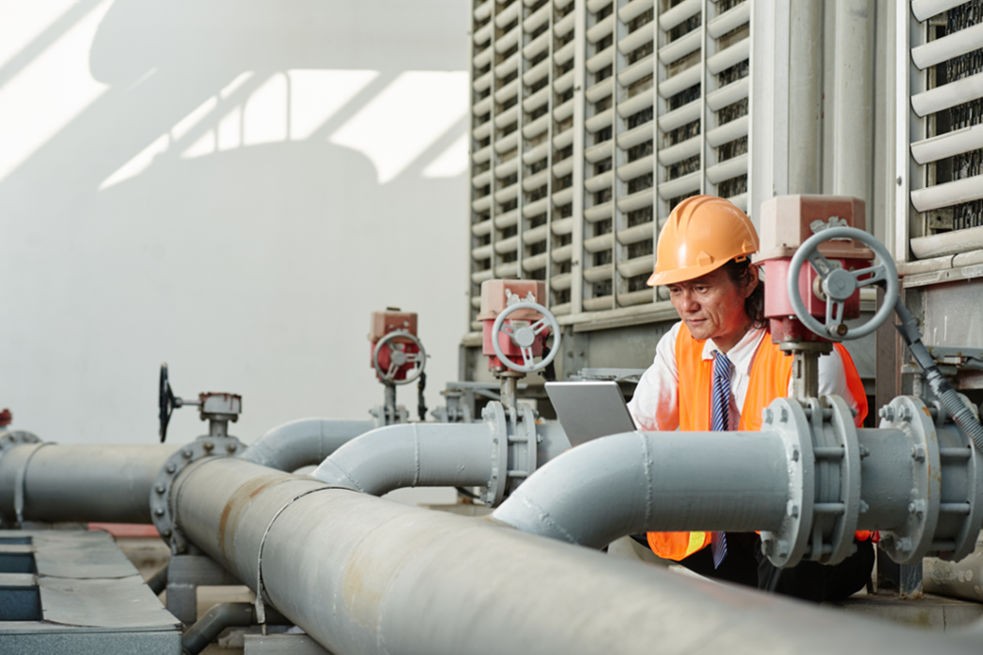
Revolutionizing Pipeline Leak Detection: The Impact of Emerging Technologies
Gas system pipeline leakages can lead to catastrophic events. Timely detection and corrective measures are the only way to prevent fatal accidents that can result in human and material loss.
 View Details
View Details
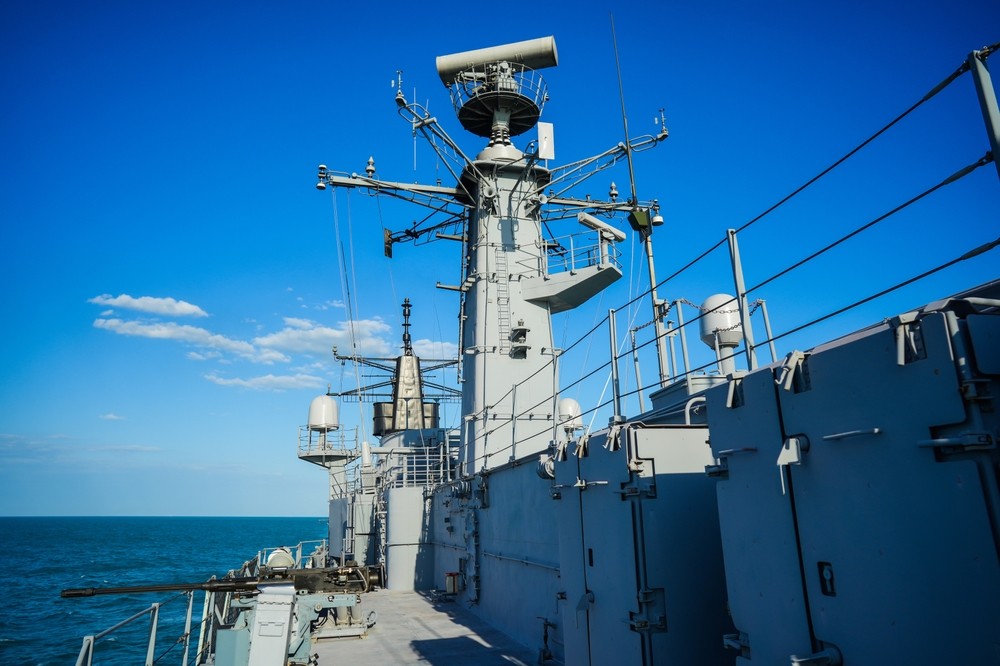
Radar Systems for Maritime Surveillance on Floating Platforms
The safety and security of the vessels, coastal regions, harbors, and offshore installations are best protected by maritime surveillance systems. This surveillance is effective only if there are adept radar
 View Details
View Details

Starlink, Elon Musk’s Dream Project Commences Operation
Elon Musk has been pushing his ambitious project, Starlink for quite some time now. A state-of-the-art internet project that would connect even remote rural areas. his project under the SpaceX initiative has started functioning in selected regions in the US,
 View Details
View Details
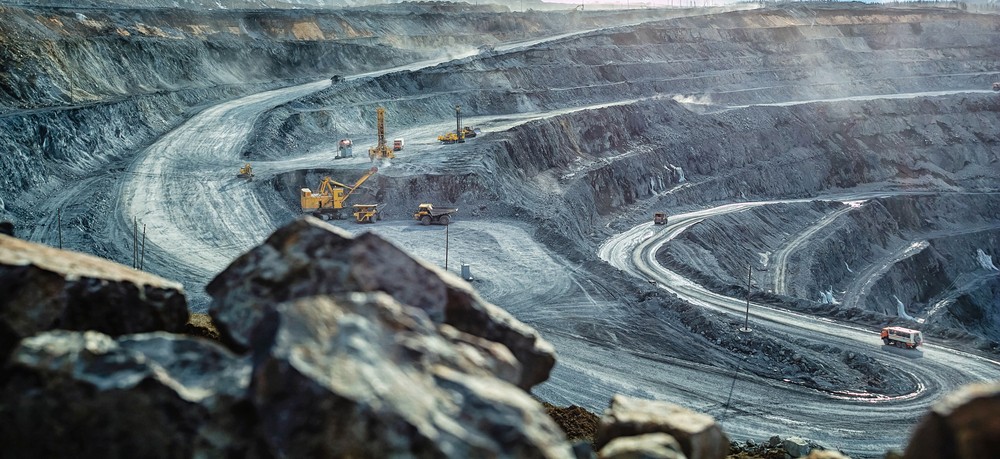
Benefits of Automation in the Mining Sector
Automation in general has brought about inherent changes in global industries and the economy. It has made life easier for everything and everyone, and the mining sector is just one of them. he safety and efficacy of mining professionals or workers have been the major advantages that
 View Details
View Details
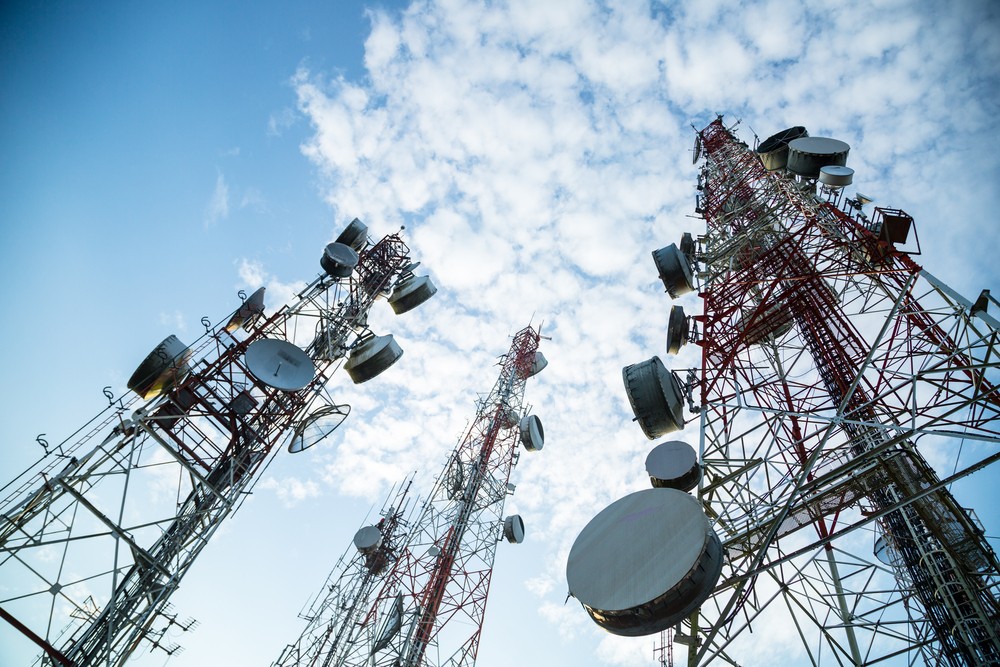
Critical Role of Telecom in Enabling IoT Business Solutions
The Internet of Things, or IoT, has garnered attention since the time of the digital revolution and has been gaining acceptance in different industrial fields, and the telecom industry is one of them. Internet of Things can be simply defined as the
 View Details
View Details
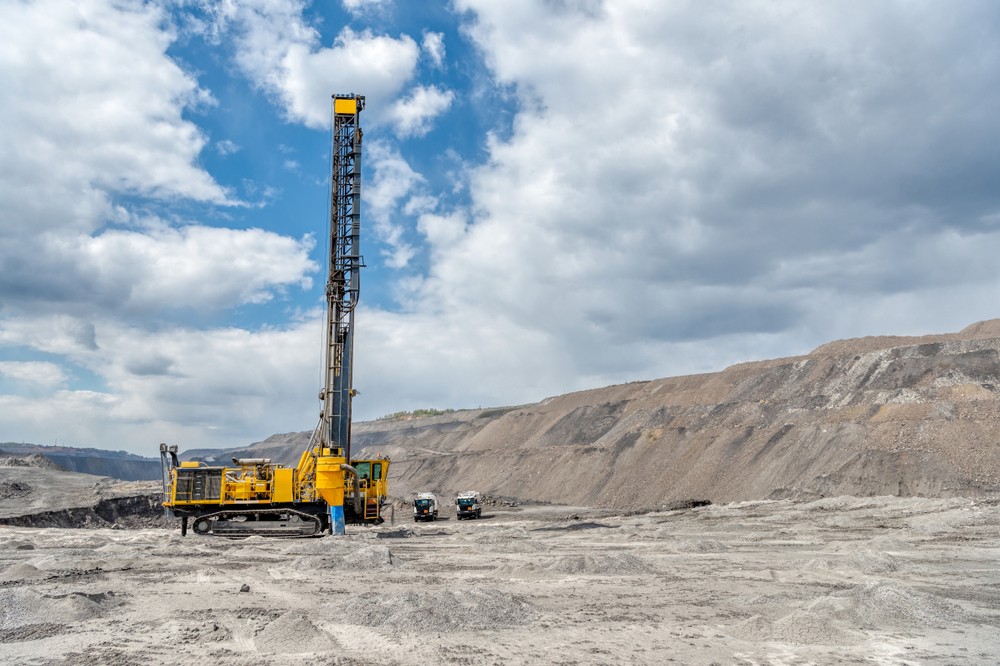
Autonomous Drilling Solutions In Mining
Drilling is one of the important phases in mining, the others being blasting, loading, and hauling. It is necessary to plan these processes effectively so as to avoid any sort of extra operational costs or environmental footprint. Through introducing autonomous solutions, one can ensure that the
 View Details
View Details
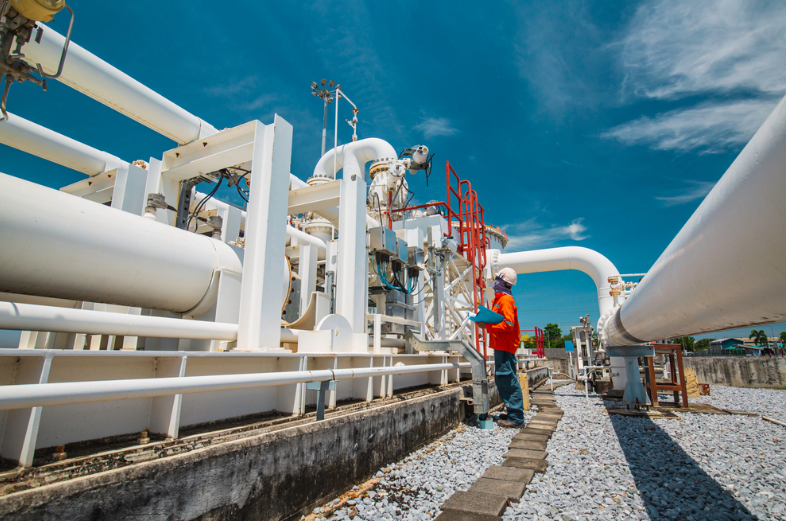
Challenges For Effective Leak Detection On Large-Diameter Pipelines
Pipelines are an inherent and important part of the oil and gas industry. Without them, the industry in itself is a futile option, as they can’t or won't be able to meet the demands of the market. Transportation of oil and gas through pipelines
 View Details
View Details
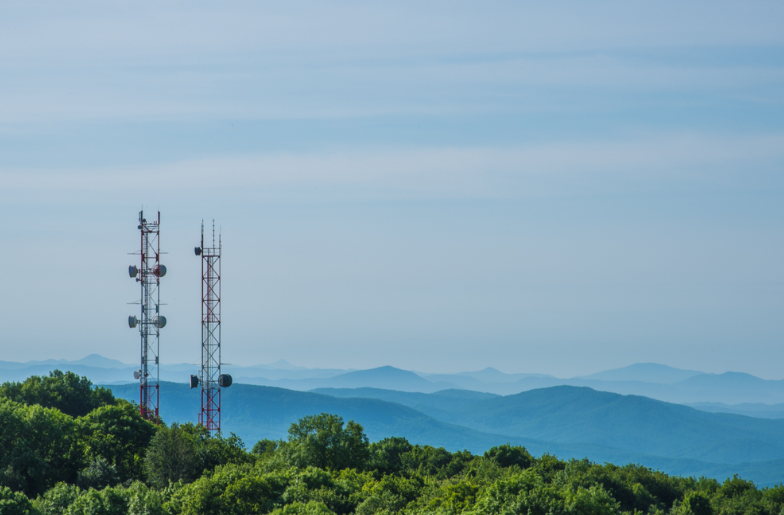
Aesthetix Going Green: Energy Conservation Strategies
The world is implementing measures to reduce the carbon footprint that is rapidly destroying the biosphere. As a responsible entity, we at Aesthetix have formulated exclusive working principles and production processes to maintain a reduced carbon footprint as well as limit energy
 View Details
View Details
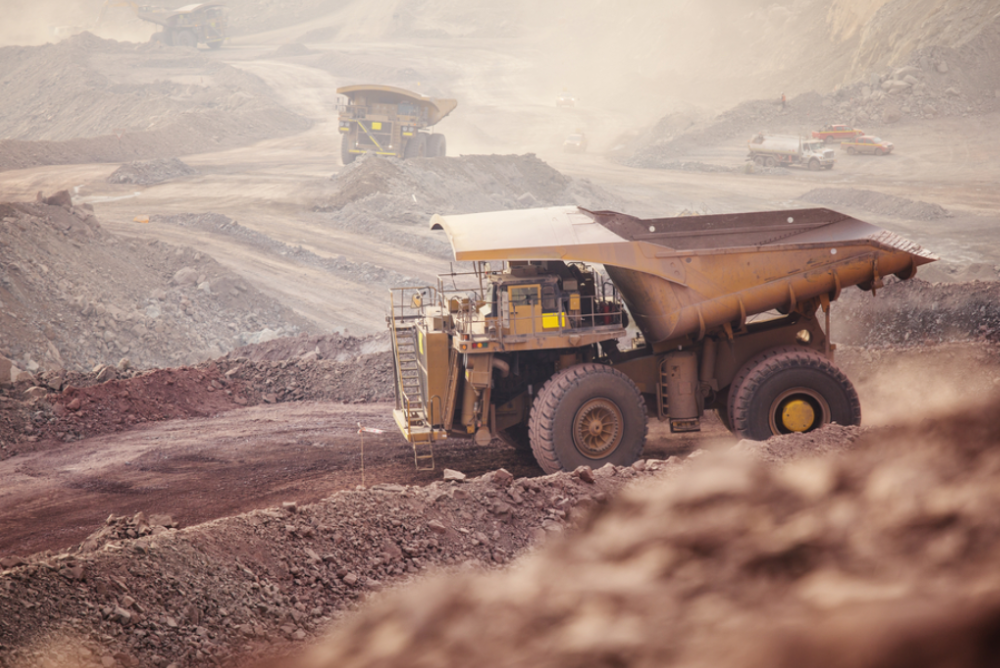
Self-Driving Truck For Mining Fields
Self-driving vehicles have been on the radar for quite some time. Autonomous trucks are in better demand because of all the positive perks they can bring to the table. Self-driving trucks can work seven days a week for 24 hours, which means they can work all year, save a lot of money,
 View Details
View Details
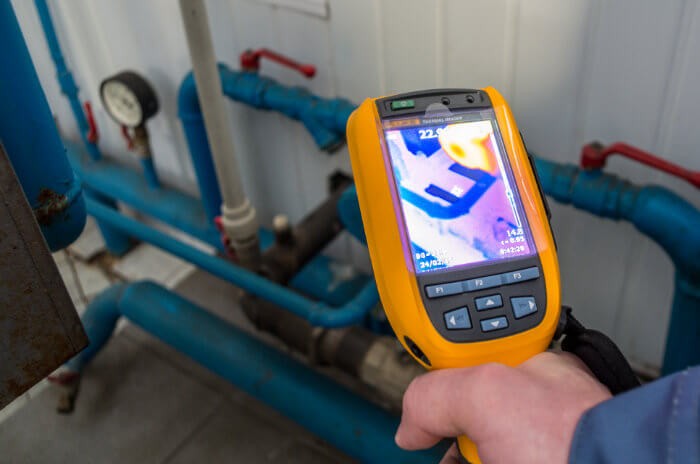
Thermal Imaging Cameras for Pipeline Leak Detection
Evaluation and monitoring the functioning of hundreds of layouts of pipelines in the oil and gas industry can be a tedious and mundane task. The number of personnel that has to be employed for the same can be quite huge and will not necessarily yield a result, which can't be sufficient
 View Details
View Details
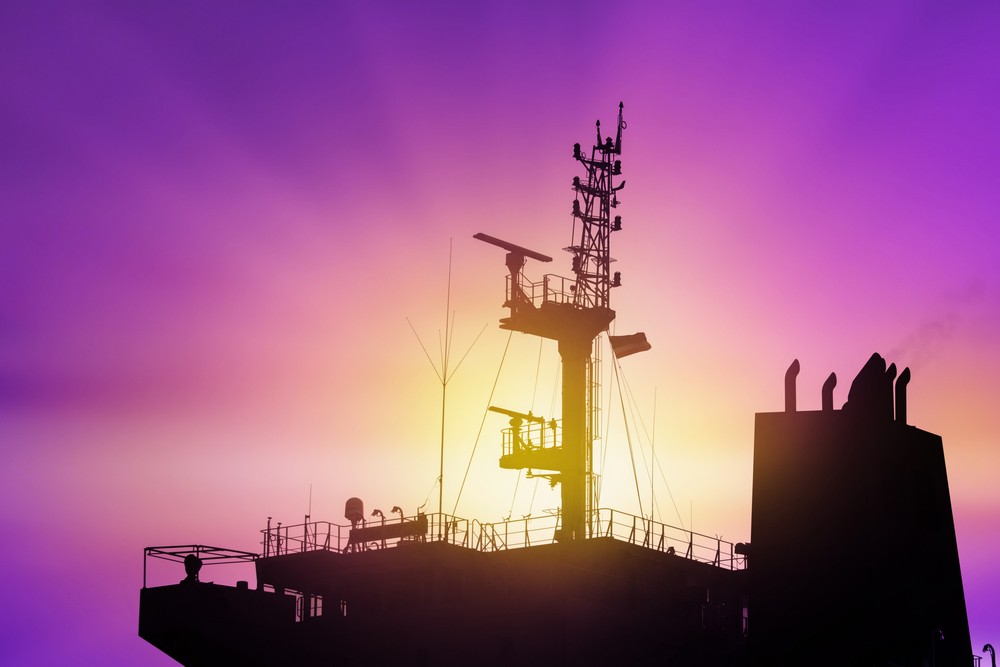
How Radar Systems Help Offshore Platforms
Radars are a prominent element of the navigation system in airspace, marine spaces, and even on land. RADAR is the short form of "Radio Detection and Ranging." It is the use of radio wave frequencies where it is emitted and when the encountered object bounces back the
 View Details
View Details
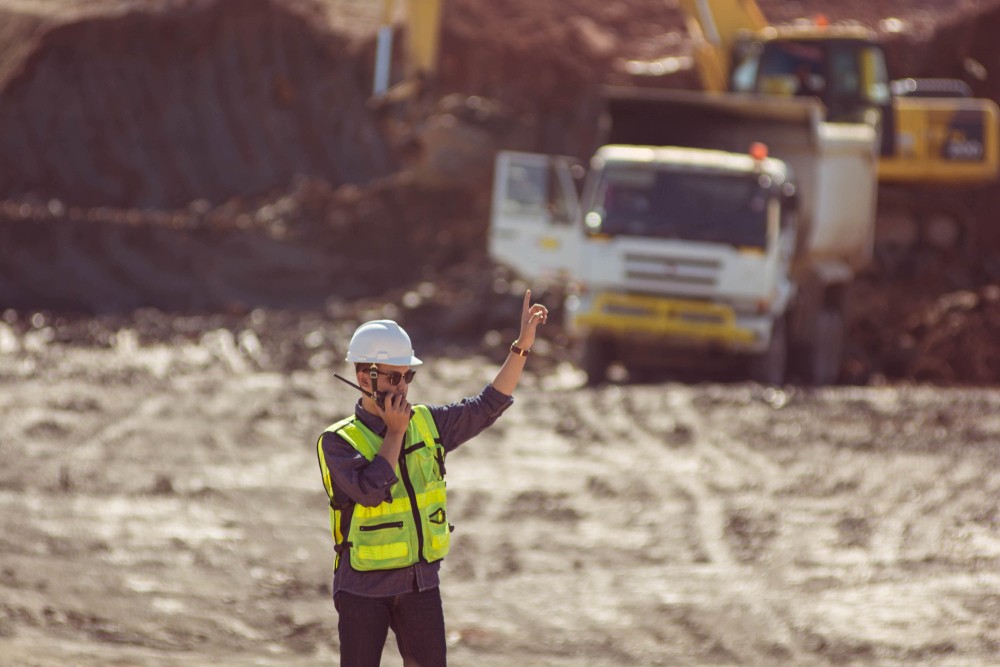
Why Is Mining Communication Important?
Mines are one of the most hazardous working environments. The possibility of unfortunate incidents lurks behind every mine. Quick response and evacuation measures are the only ways to reduce the loss of life. These facts underscore the necessity for a seamless and efficient
 View Details
View Details
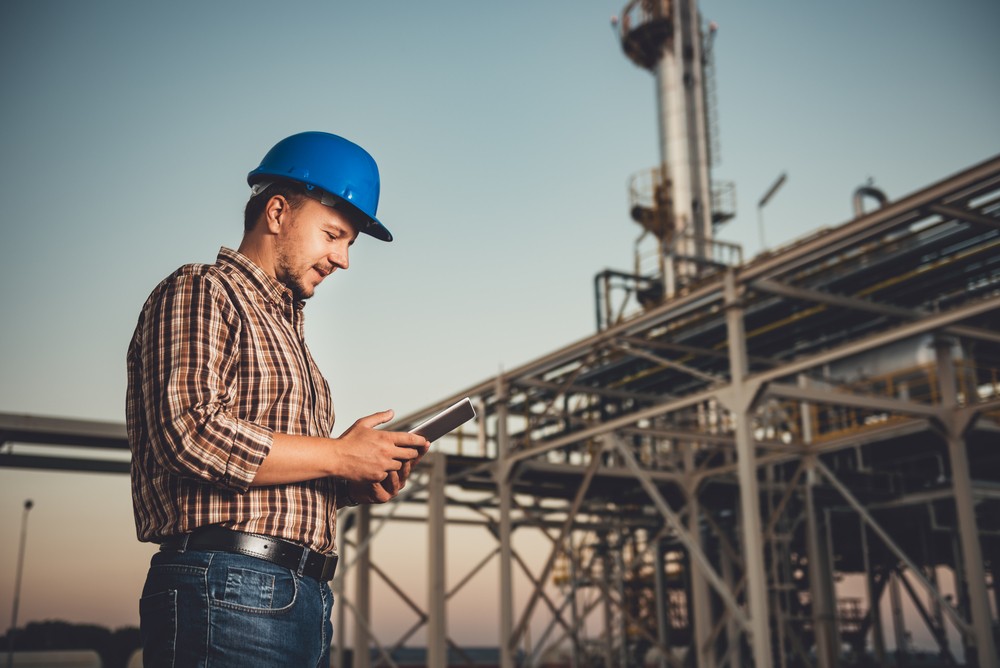
Benefits Of Unified Critical Communications For The Oil And Gas Industry
A seamless communication system is the soul of the oil and gas industry. Functioning in a highly flammable environment, constant connectivity is vital for preventing unfortunate incidents and mishaps.
 View Details
View Details
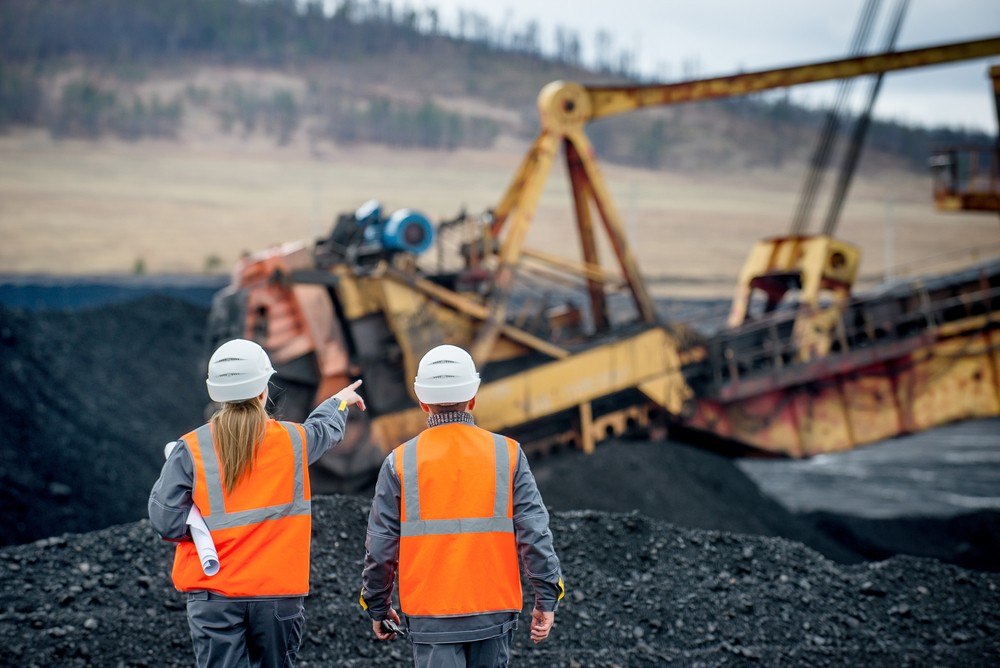
Growing Importance of Communication Technology in Mining
Long-term communication strategies form an essential part of the growth and development of the mining industry. An effective communication system has the ability to bridge the gap between the remote sites and their respective headquarters.
 View Details
View Details
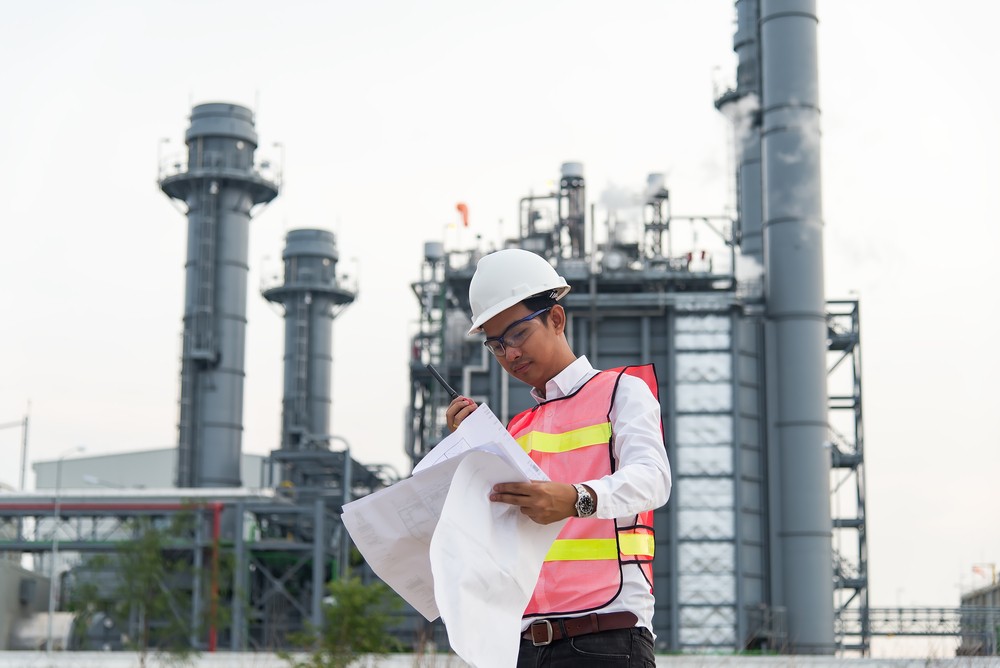
Industrial Communication Solutions for the Oil & Gas Industry
The Oil & Gas Industry has been influencing everyone's lives either directly or indirectly forever. Almost every product you use has some derivative from this industry. It helps our human race to progress and ensures everything is operating
 View Details
View Details

Transforming Oil and Gas Strategies With the Internet of Things
The Internet of Things (IoT) has the potential to revolutionize oil and gas companies' operations completely. If handled properly, this digital technology will enable oil and gas companies to take advantage of previously inaccessible data that
 View Details
View Details
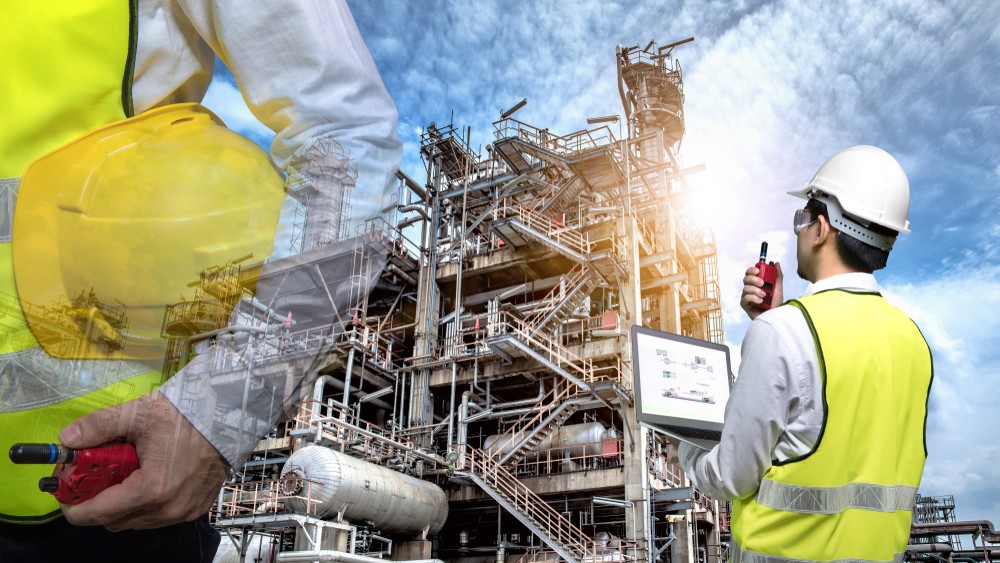
Energizing the oil and gas industry with IoT
The oil and gas industry is a volatile industry and one that plummets beyond anyone’s imagination. This highly revenue-generating activity requires a very streamlined approach to instigate the maximum revenue from selling the oil and gas industry.
 View Details
View Details
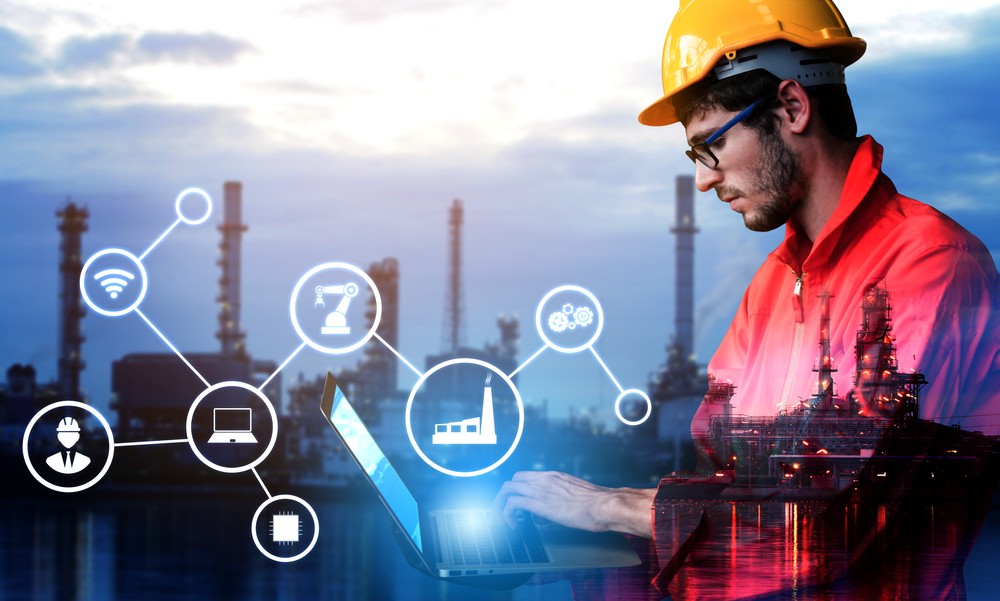
Telecommunication in the Oil and Gas Industry for Operation & Safety
The Oil and Gas industry is one of the most technologically advanced industries in the world. It relies on telecommunications to help facilitate this process. The oil and gas industry relies heavily on telecommunication networks
 View Details
View Details

Major Cyber Security Threats in Telecom and Ways to Mitigate them
Communication networks must be dependable. The present extent, diversity, and complexity of cybersecurity threats are expanding dramatically. The increasing number of data transfers, legacy technology,
 View Details
View Details
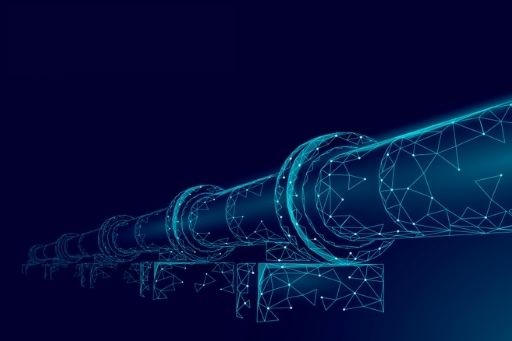
Data Centralization on A Single Platform For Pipeline Leak Detection Systems
A spectrum of technologies is used for maintaining data, complying with scheduled analysis, preparing statistical reports, and implementing corrective as well as predictive maintenance. Consolidating and integrating the information from various sources
 View Details
View Details
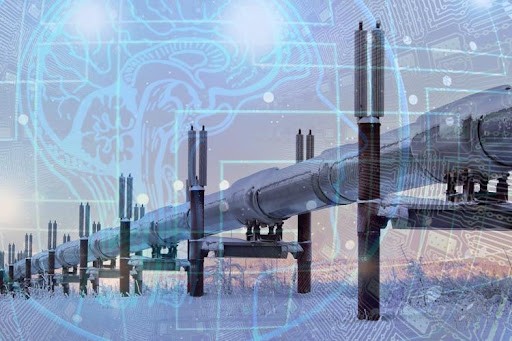
How AI And IoT Are Used to Monitor and Detect Leaks in Pipelines
While leak detection systems (LDS) have been used by operating companies in upstream, midstream, and downstream oil and gas for decades, new regulations, rising concerns about pipeline integrity and cybersecurity
 View Details
View Details
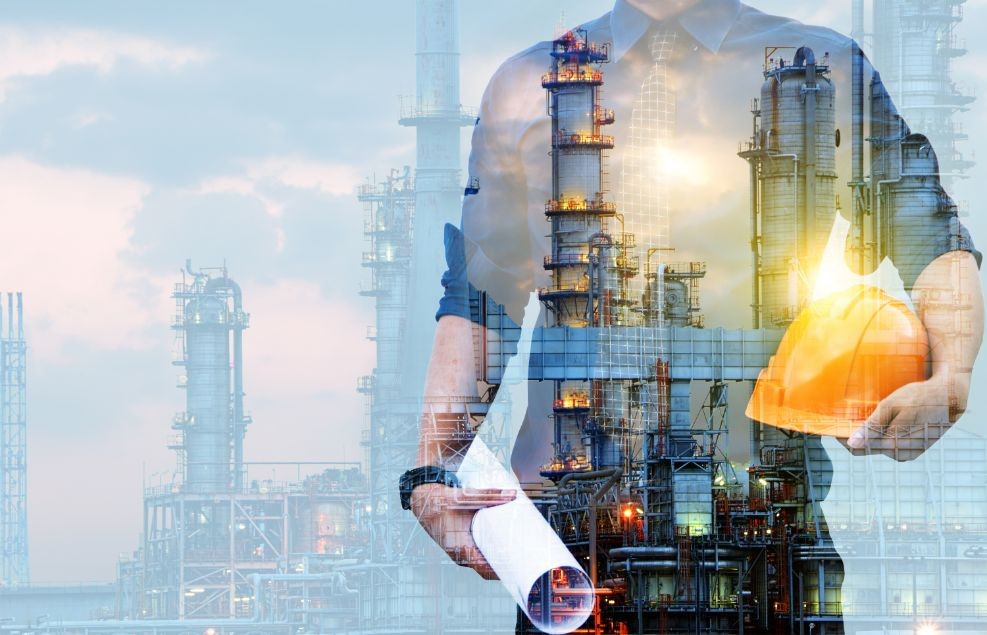
How Digitalization can Streamline Oil and Gas Operations
The oil and gas industry is the sector that demands higher security and protection as well as being on the lookout for more advanced technology. The better technology can get the better. It is also in need of stringent measures to ensure....
 View Details
View Details
61fcf550707d2.jpg)
Fueling Ergonomics in the Oil and Gas Industry
An underrated yet extremely important facet of working in the oil & gas industry is the ergonomics of it all. It is sufficient to say that ergonomics plays an important role in any industry and sector. And for the oil & gas industry in particular, employee wellbeing factors into the productivity...
 View Details
View Details
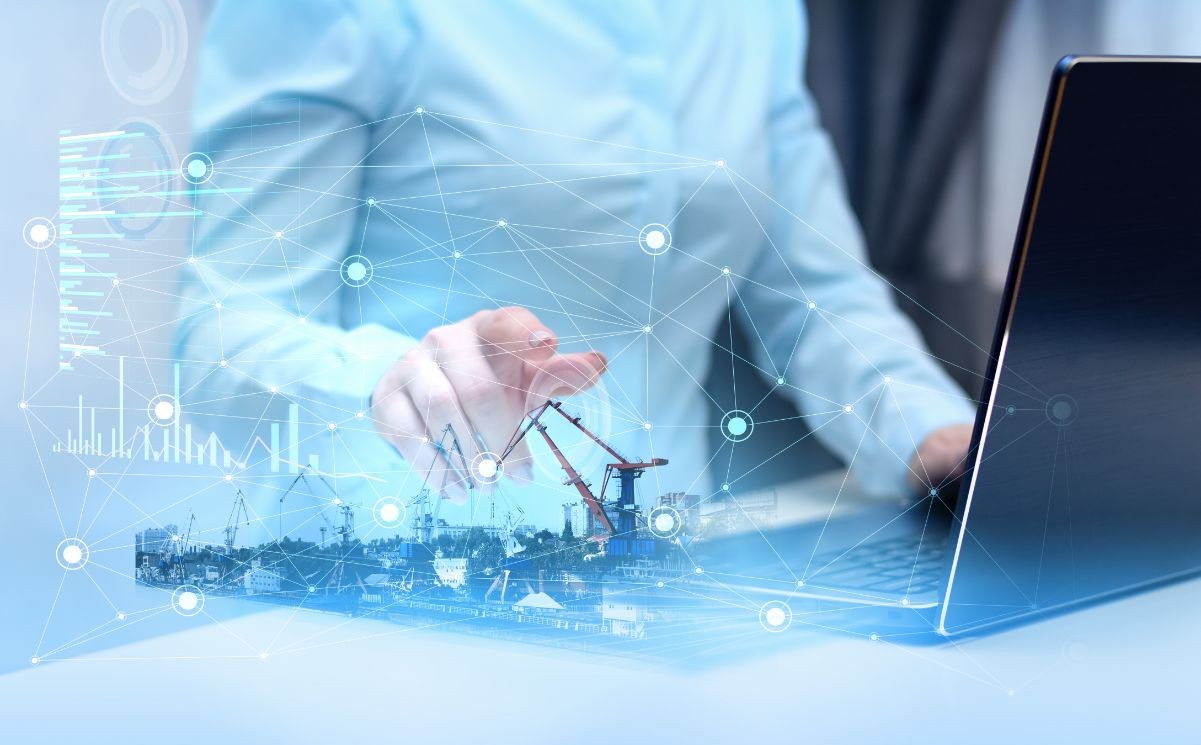
How IoT Is Changing the Oil and Gas Industry
There are several perks associated with integrating the IoT in the oil and gas industry. IoT has used technology to facilitate the managing and controlling of sensors and devices that engage in cloud computing.It has been a great revolution for the oil and gas industry...
 View Details
View Details
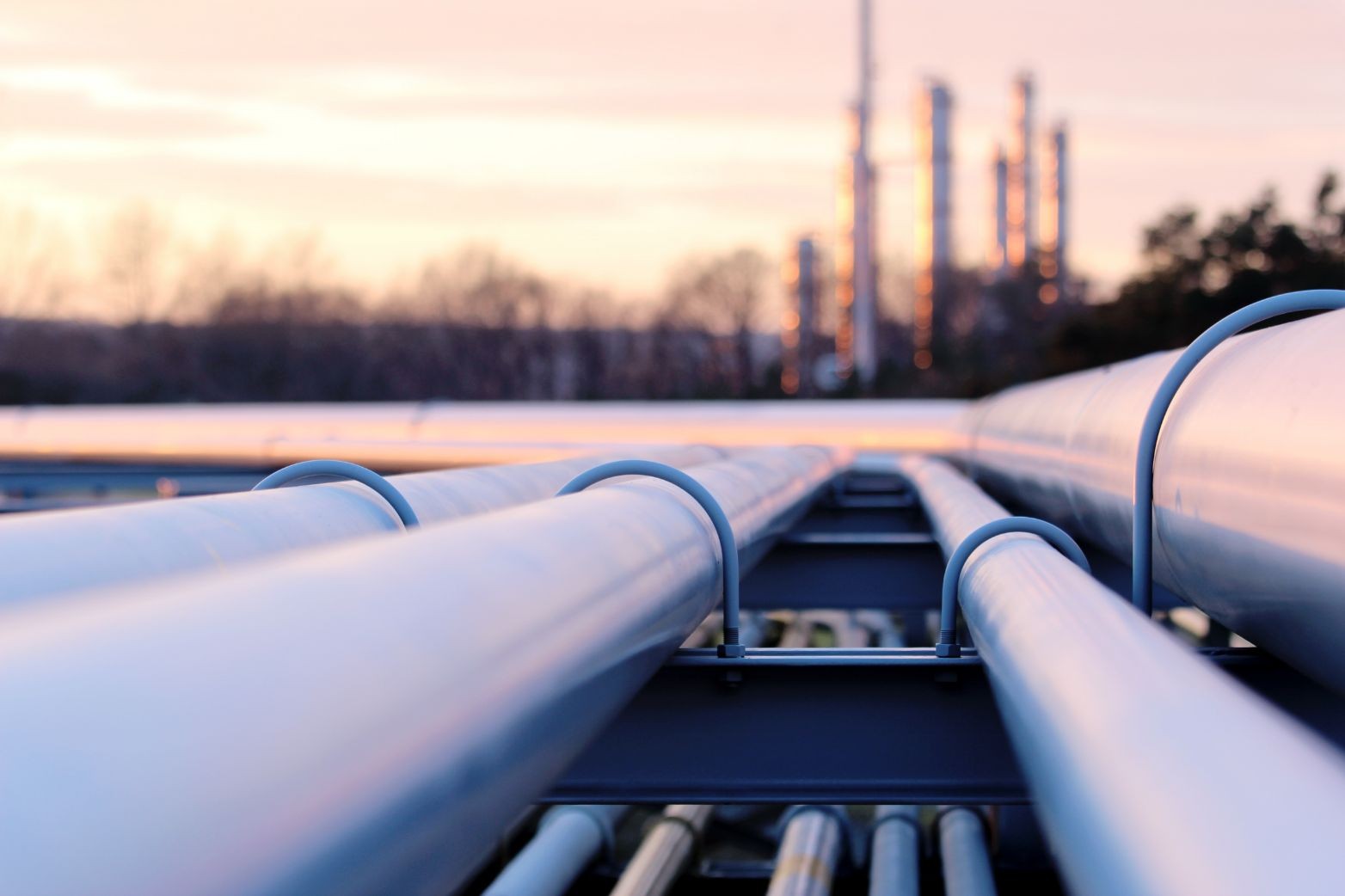
All You Need To Know About Pipeline Leak Detection System
Pipeline systems are one of the most valuable and key transport support systems in any country. Having a well functioning pipeline system can immensely help various industries and sectors across the country from waterways, gas, oil, biofuel to sewage, slurry and steam.
 View Details
View Details
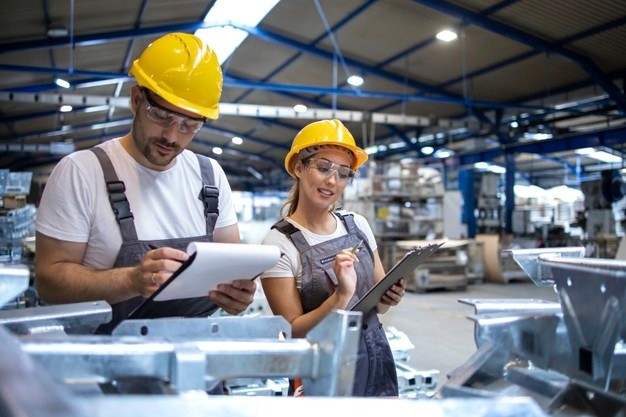
Ways to Perform a Perfect SAT Test
SAT or Site Acceptance Test is carried out at the buyer’s premises (plant, pipeline, platform or any other end user’s location) to ascertain the performance of the systems and equipment. The buyer’s team in association with the seller’s or original equipment...
 View Details
View Details
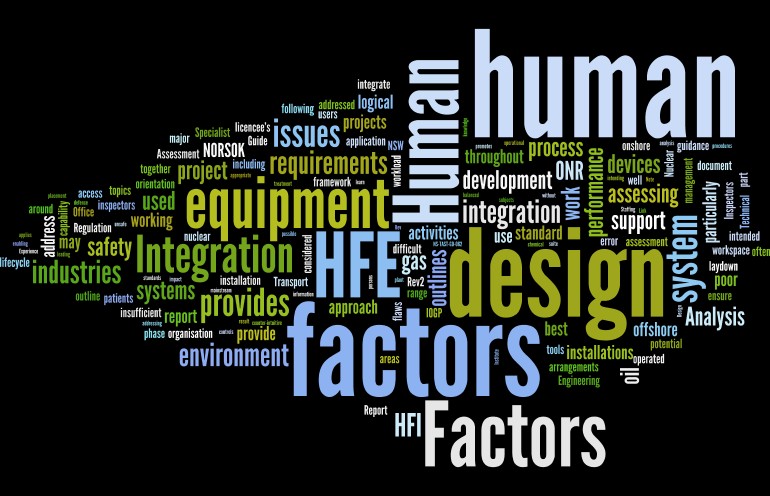
Why Human Factor Engineering Matters in Every Workplace
Human factors engineering is understanding the connection between human factors and the factors in the workplace that influence work. Human factors can be defined as the science of people at work. How people participate and contribute to...
 View Details
View Details
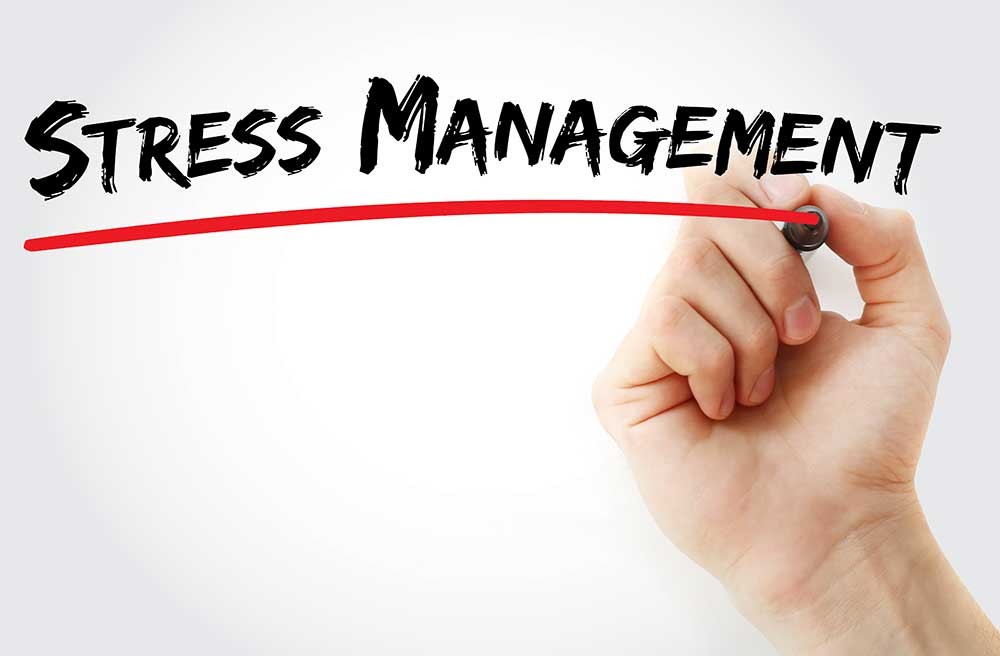
Fatigue and Stress Management Study
The purpose of this study is to explain the minimum requirements of conducting fatigue risk management study for selected ADNOC Gas Processing sites and develop a system of managing, monitoring and reporting of fatigue to increase the productivity of the workers.
 View Details
View Details
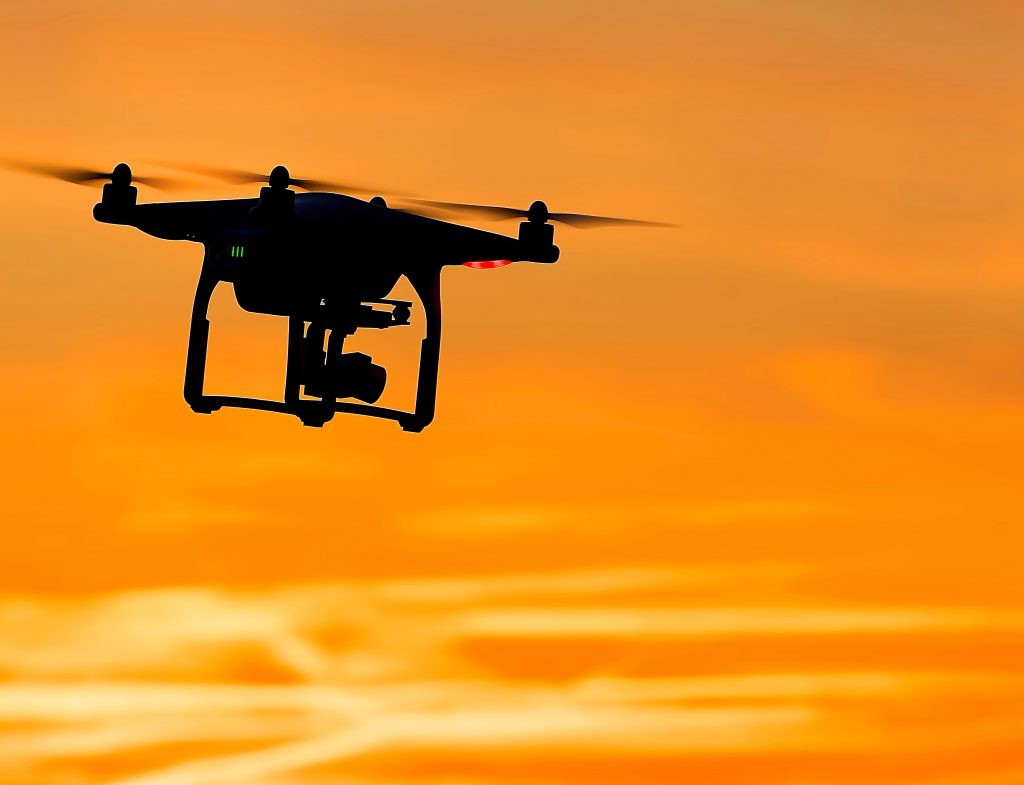
How Drone Inspections Can Be A Game-Changer For Oil & Gas Industry
Conventional methods of inspecting oil and gas assets are risk-filled and time-intensive. Sophisticated drones are the new alternative to inspect hard-to-reach places, eliminating risks and saving a lot of time as well as money.....
 View Details
View Details
